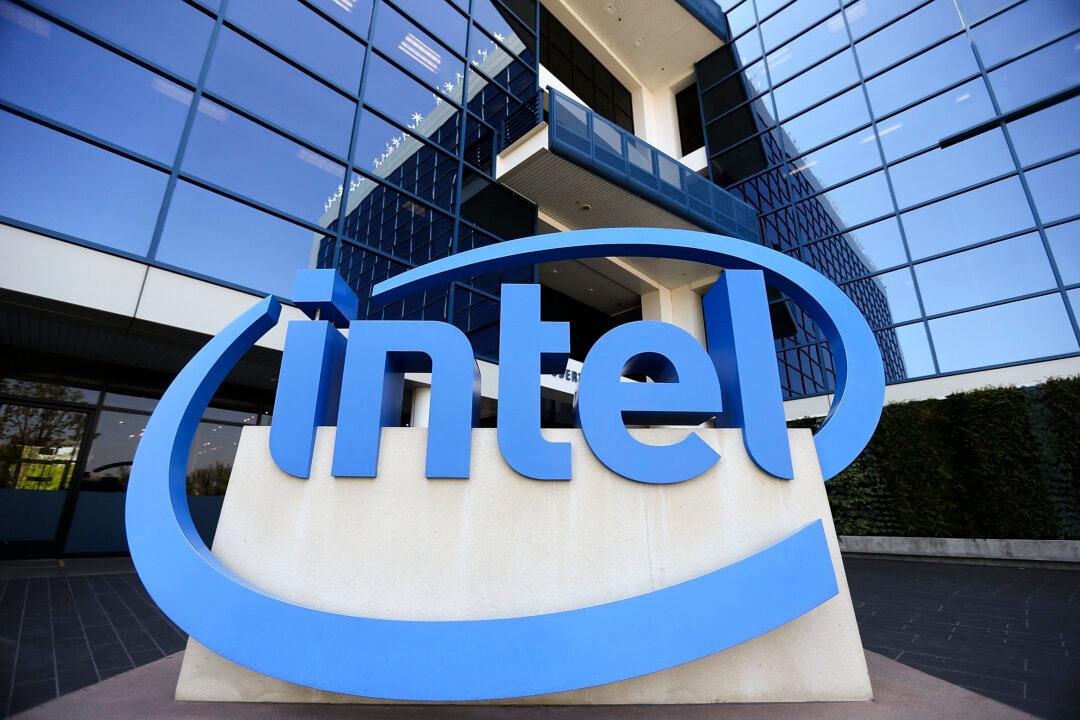Chipmaker Intel Corp. announced on Thursday that it would downsize its workforce by 15 percent, or 15,000 roles, to reduce costs after reporting a loss in second-quarter earnings.
The California-based company reported that its second-quarter revenue fell from $12.9 billion in 2023 to $12.8 billion this year. It also posted a $1.6 billion net loss, or $0.38 per share.





